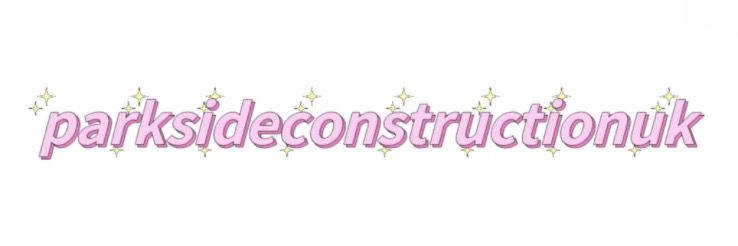Why is polyethylene used for cable insulation?
https://www.sunualszh.com/polyethylene-sheath-compound-for-cable.html
Polyethylene (PE) has become a preferred material for cable insulation due to its exceptional properties and versatility. Its widespread adoption in the cable industry is attributed to several key factors.
Superior Insulation Properties
PE exhibits excellent electrical insulation characteristics, making it ideal for preventing electrical leakage and ensuring efficient signal transmission. Its low dielectric constant and high resistivity contribute to minimal energy loss, which is crucial for maintaining the integrity of electrical systems.
Durability and Environmental Resistance
One of the standout features of PE is its robustness against environmental stressors. Cables insulated with PE are well-protected against moisture, chemicals, and varying weather conditions. This resilience ensures longevity and reliability, even in harsh environments.
Mechanical Strength and Flexibility
PE offers a balanced combination of strength and flexibility. This balance allows cables to withstand mechanical stresses such as bending and tension without compromising structural integrity. Such properties are essential for applications where cables are subject to movement or require installation in challenging terrains.
Cost-Effectiveness
In addition to its technical advantages, PE is cost-effective. Its relatively low production cost, combined with its durability, reduces the need for frequent replacements, offering economic benefits to manufacturers and end-users alike.
Introduction to Polyethylene Sheath Compounds
Polyethylene sheath compounds are specialized formulations designed to enhance the protective qualities of cable sheathing. These compounds are engineered to provide an outer layer that shields cables from external factors, ensuring optimal performance and extended service life.
Additional resources:Is LSZH better than PVC?
Composition and Manufacturing
Typically, these compounds are produced by blending high molecular weight polyethylene resins with specific additives. For instance, incorporating carbon black and other special additives enhances the material's environmental stress crack resistance and weatherability. The precise mixing and granulation processes result in a compound that meets stringent industry standards.
SUNUALSZH.COM
Enhanced Features
Modern PE sheath compounds offer several advanced features:
Weather Resistance: They can withstand prolonged exposure to UV radiation and other environmental elements without degrading.
Termite and Rodent Resistance: Certain formulations include additives that deter pests, making them suitable for installations in areas prone to such issues.
Stress Crack Resistance: Enhanced resistance to environmental stress cracking ensures durability under mechanical stress.
Processability: These compounds are designed for efficient extrusion, facilitating smooth manufacturing processes.
Recent Developments and Trends
The cable industry continues to innovate with PE sheath compounds. Recent trends indicate a focus on developing eco-friendly formulations that maintain performance while reducing environmental impact. Additionally, there's an increasing demand for compounds tailored for specific applications, such as high-speed data transmission cables and renewable energy installations.
In conclusion, polyethylene's unique combination of electrical insulation properties, durability, mechanical strength, and cost-effectiveness makes it an ideal choice for cable insulation. The development of specialized PE sheath compounds further enhances these attributes, ensuring that cables remain protected and efficient in a variety of applications.

